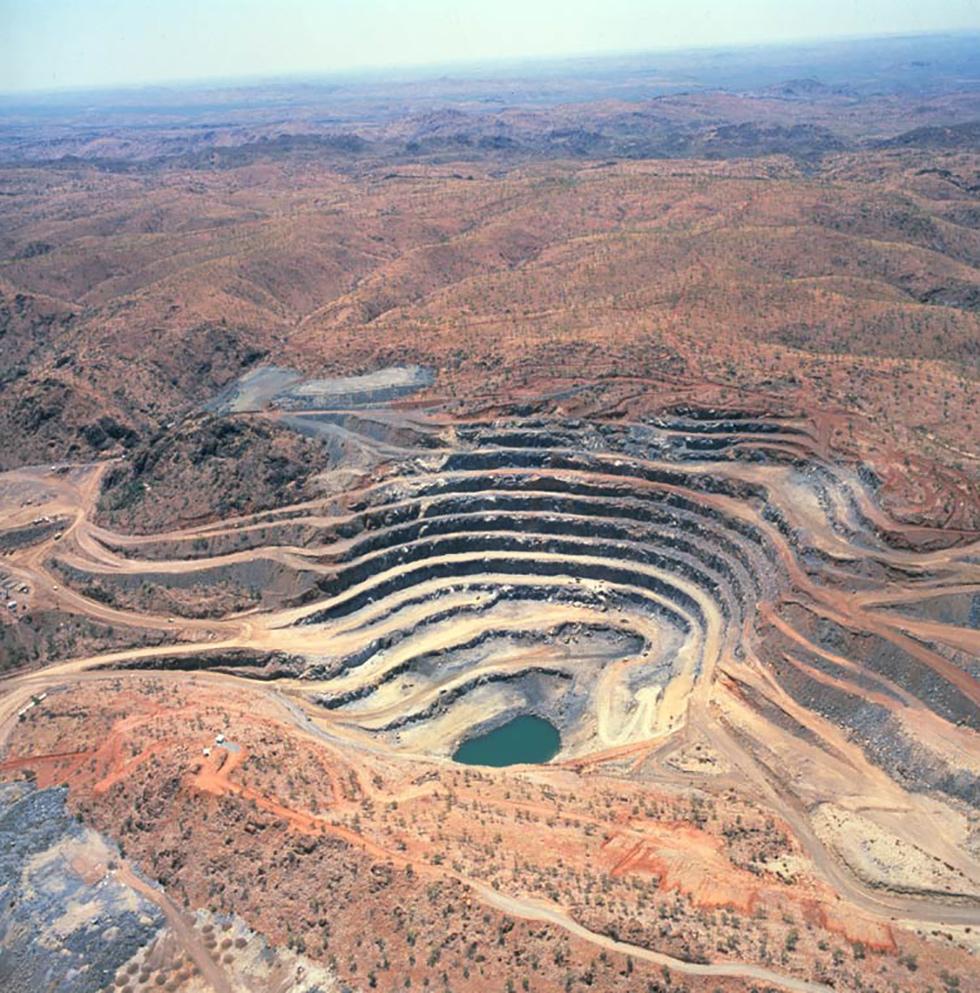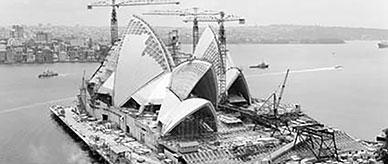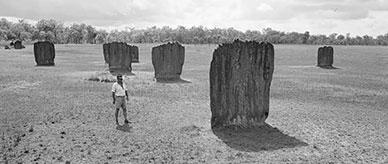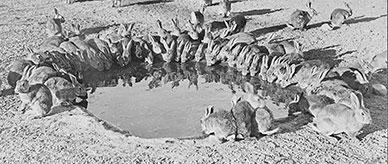


About this record
This colour photograph, taken by Australian Government photographer Val Foreman, shows an aerial view of the Mary Kathleen open-cut (or surface) uranium mine during its second phase of operation in 1980. The mine is located halfway between Mount Isa and Cloncurry in the semi-arid landscape of north-western Queensland.
Educational value
- This photograph shows the Mary Kathleen open-cut uranium mine, which operated between 1956 and 1963 and again between 1975 and 1982. It produced millions of tonnes of uranium ore, which made almost 9000 tonnes of 'yellowcake' (uranium oxide). One of Australia’s oldest mines, it was initially developed to supply the United Kingdom Atomic Energy Authority and it later supplied uranium to Japan, Germany and the United States.
- Uranium ore, such as that mined at Mary Kathleen, is used in the production of nuclear energy to generate electricity and to produce radioisotopes. Low-cost uranium is found abundantly in Australia, which has about 43 per cent of the world’s uranium of this type. Nuclear energy is free of greenhouse gas emissions—but the risk of nuclear accidents and uncontrolled nuclear weapon development, and the problem of how to dispose of radioactive by-products, continue to be issues in the nuclear energy debate.
- Open-cut mining, the most common type in Australia, occurs when ores (rocks rich in useful minerals) lie very near to the earth's surface. The overburden is removed and sometimes holes are drilled several metres into the ore body. These are filled with explosives that blast the ore into small pieces, which are then extracted. Extraction can also be done with power shovels. A huge pit forms as the work progresses, with spiralling ledges to provide access for trucks.
- This photograph was taken in 1980, when unions and environmental groups were actively campaigning against uranium exports, particularly from the Mary Kathleen mine. Issues were the possible dangers of leaked radioactive material, how the Australian uranium might be used, and the government financial support needed to keep the mine open. Concern over security was also expressed, after 2 tonnes of yellowcake from the mine were found in Sydney.
- The photograph illustrates the effect of open-cut mining on the landscape and shows a massive hole in the earth’s crust—said to be 250 metres deep, four kilometres wide at the top and 100 metres wide at the bottom. On closure of the mine, Mary Kathleen Uranium Ltd implemented a rehabilitation plan to cover any radioactive material at the site (including safely disposing of mining waste, known as ‘tailings’) and to encourage native revegetation. It was the first open-cut mine-rehabilitation plan of its kind in Australia.
Acknowledgments
Learning resource text © Education Services Australia Limited and the National Archives of Australia 2010.
Related themes
Need help with your research?
Learn how to interpret primary sources, use our collection and more.



